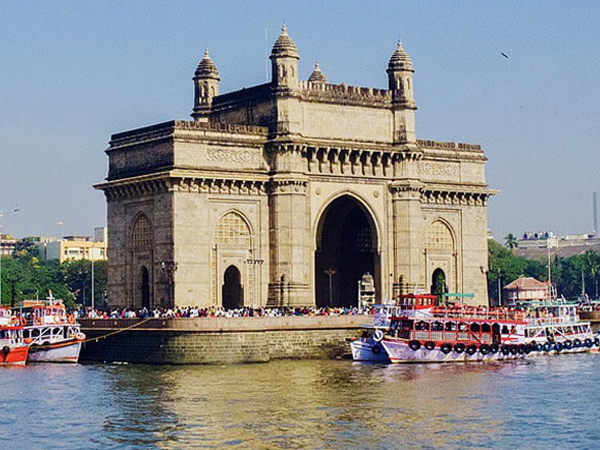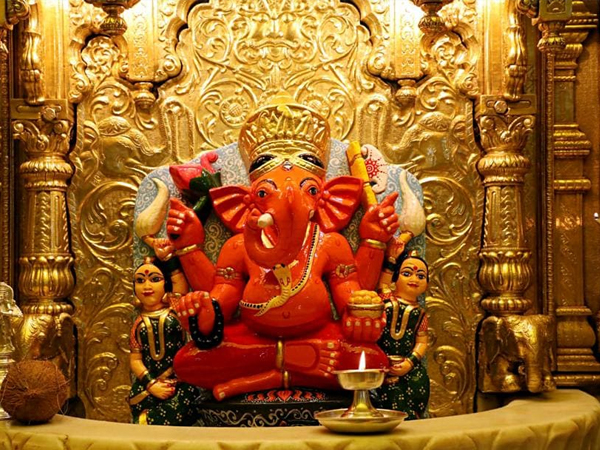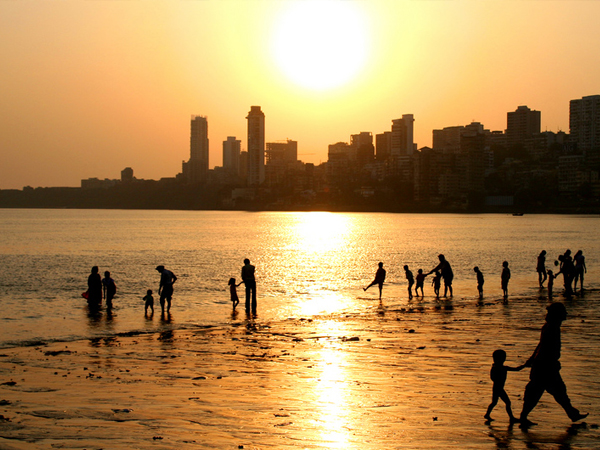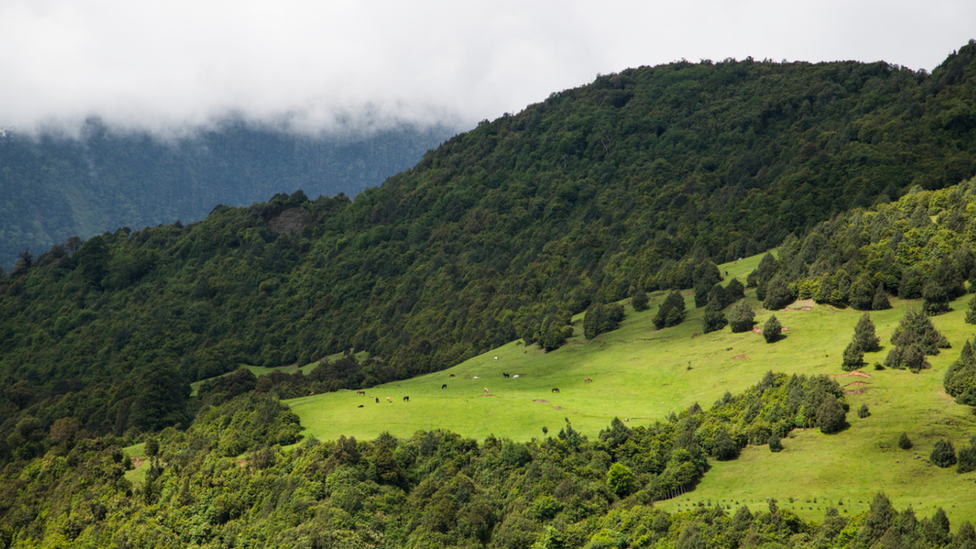
- Sakteng Wildlife Sanctuary
It is located in the Trashigang District, and hence, is known for housing the easternmost ecosystems and landscapes of Bhutan. It is one of the most popular options for tourists and locals for many reasons! One of these is the eastern blue pine, a typical coniferous evergreen that is a rare find and grows only in mountain valleys such as the Himalayas. Blue poppy is the national flower of Bhutan, and it looks stunning during the spring season. Talking about the fauna, the Black-rumped magpie, one of the most intelligent birds, thrives in this ecosystem! According to rumors, many unique creatures such as yeti, the abominable snowman.
Best time to visit: March to August
Distance from Thimphu: 340 km
How to reach: It can be easily called from Sakteng village in eastern Bhutan.
- Phrumsengla National Park
Phrumsengla National Park in Bhutan, established in 1998, is one of the beautiful Bhutan wildlife sanctuaries. Open all year round; the park attracts visitors throughout the year. It is a great sanctuary to spot wildlife and indulge in adventure activities. The park offers excellent routes for trekking during October and November when the weather is pleasant and dry. The pretty rhododendron can be enjoyed from April to June. Due to the rugged landscape fauna and flora, a park is an excellent place for nature excursions, wildlife spotting, trekking, and hiking. Add it to your list of places to visit in the country, as it is one of the best wildlife sanctuaries in Bhutan.
Best time to visit: April to June
How to reach:
By Air: Paro Airport (54 km away)
By road: Cab or self-drive
- Jigme Singye Wangchuck National Park
Also known as Bhutan National Park, this is the second-largest national park in terms of area after Jigme Dorji National Park. However, it is relatively more isolated, with fewer households in the area. The wildlife found in both these parks in Nepal is more or less similar, though, such as the golden langur, the red panda, and the Royal Bengal tiger.
Best time to visit: March to August
How to reach:
By Air: Paro Airport (54 km away)
By road: Cab or self-drive
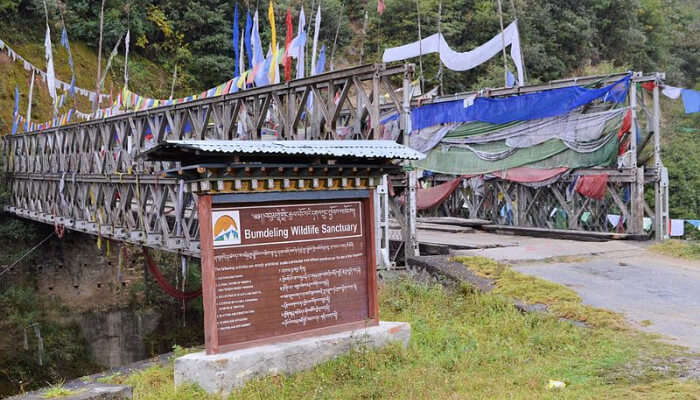
- Bumdeling Wildlife Sanctuary
Of all the wildlife sanctuaries of Bhutan, Bumdeling is a popular one and is situated in North-Western Bhutan and covers a vast expanse spanning more than 1500 sq km and 420 sq km of a buffer area. This quiet sanctuary shares borders with Tibet in China and the north-eastern regions of India. You will be faced with too many security checks when you enter the sanctuary because of the many endangered species that it houses, such as the red panda, which is seen as a very calm and sluggish creature that spends 14 to 18 hours on trees and eat twigs at all times of the day.
Best time to visit: March to October
Distance from Trashigang: 140 km
How to reach:
By Air: Paro Airport (581 km away)
By Road: Cab or self-drive
- Phibsoo Wildlife Sanctuary
What was initially established to preserve the natural sal forests of the country has now become one of the most popular tourist attractions here. Located in the southern part of Bhutan with a shared border with Assam in India, Phibsoo Wildlife Sanctuary in Bhutan is home to numerous animals such as Golden Langurs, Gaur, Asian Elephants, etc. The most extraordinary aspect about this park is spotting the Chital Deer (Spotted Deers). Apart from animals, one will also come across many birds, such as the hornbill.
Best time to visit: March to June and September to November
Distance from Sarpang: 150 km
How to reach:
By Air: Paro Airport (54 km away)
By road: Cab or self-drive
- Royal Manas National Park
Also referred to as Bhutan’s Crown Jewel and the oldest protected area in the country, this park was upgraded to a national park in 1993. This national park spreads over such a vast area that it reaches India’s Manas Tiger Reserve, an important place to spot biodiversity in the nation. This is the best wildlife sanctuary in Bhutan if you want to spot the endangered Royal Bengal tiger, one of the most widespread subspecies of tigers. You would be able to spot other animals such as the Asian elephant, one-horned rhinoceros, Himalayan black bear, clouded leopard, pangolin, and the Ganges dolphin if you’re lucky!
Best time to visit: August to November, April to May
Distance from Gelephu: 80 km
How to reach:
By Air: Paro Airport (54 km away)
By road: Cab or self-drive
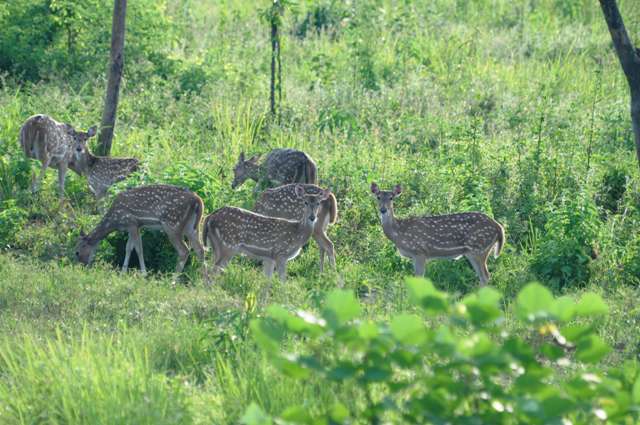
- Jomotsangkha Wildlife Sanctuary
The most famous national park in the South-eastern region of Bhutan, this place was earlier known as Khaling Neoli and shared boundaries with Assam. It is the smallest protected reserve in the country in terms of area and is spread over 335 square kilometers. Of the many reasons that one may find to visit this place, one of the most popular highlights is the rare Pygmy Hog, which lures thousands of visitors from around the world to visit this park. We are sure you are already wondering how many national parks are there in Bhutan!
Best time to visit: March to May and late August to November
- The Jigme Dorji National Park
This is known for being the largest national park in Bhutan and named after the late King Jigme Dorji Wangchuck. The park is so huge that it covers 5 Bhutanese districts of Thimpu, Paro, Wangdue Phodrang, Punakha, and Gasa. To imagine the expanse of the park, one can look at the difference in the altitude from the highest point to the lowers, which is more than 5000 meters. The differences in climate and size account for unique variance in the species found here. For instance, the snow leopard can be found in the glacier peaks like Mount Jomolhari and other animals such as tigers, Red Panda, and Himalayan Blue Sheep.
Best time to visit: February to May, August to November
How to reach:
By Air: Paro Airport (54 km away)
By road: Cab or self-drive
Visit MakeMyTrip for bookings. Also, have a look at our various monthly issues.

